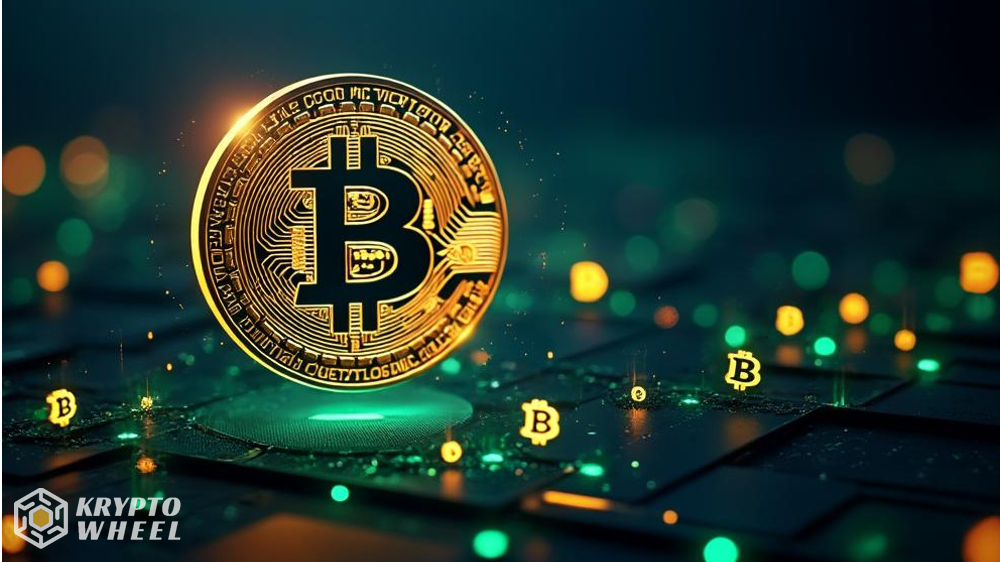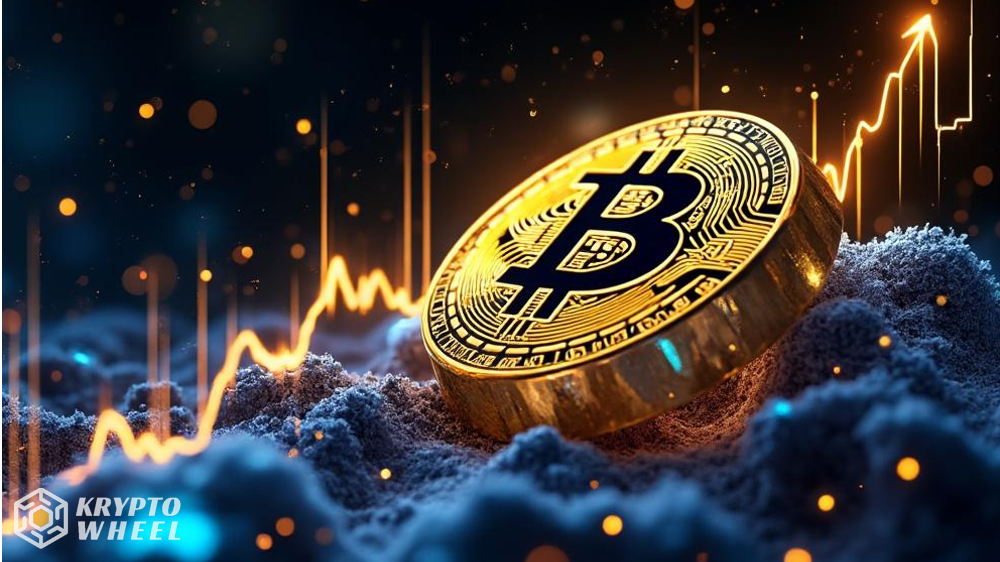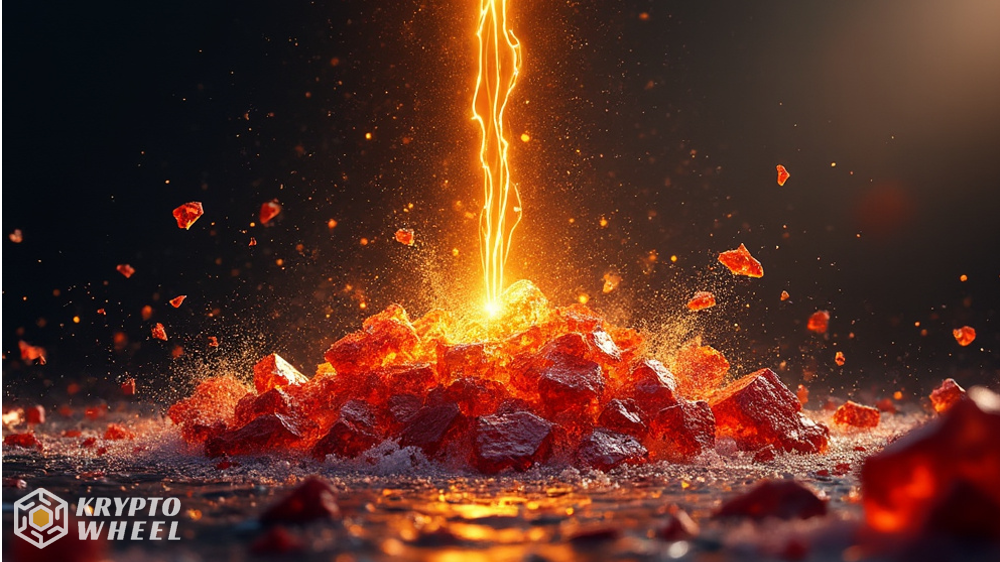So the GENIUS Act is now law. It happened fast—signed by the President just a day after the House gave it the green light. This is the first real federal rulebook for stablecoins in the US. Basically, it says if you’re going to issue one, you need to be a licensed bank or get special approval. No funny business, either. Full reserves. Regular audits. And absolutely no algorithmic coins without backing.
It’s already making waves. Big names like Amazon and Walmart are reportedly looking into their own coins. The idea? To skip some of those card fees and speed things up. Supporters think this is how digital money goes mainstream. Critics aren’t so sure. They’re worried it might pull too much money out of traditional banks.
Asia’s Stablecoin Moment
All this US activity has people in Asia watching closely. I spoke with Dr. Sam Seo, Chairman of Kaia, about what it means for the region. He didn’t mince words. “The most trendy one is stablecoin,” he said. Even before this new US law, he pointed out, usage in Asia was already surging. It’s not just for trading anymore. People are using them for real things—everyday payments, sending money across borders.
But here’s the tricky part. A lot of that activity is still tied to the US dollar. That creates a tension. How do you benefit from that liquidity without letting another country’s currency take over your own market?
A Push for Regional Strength
Dr. Seo pointed to a couple of places leading the way on regulation—Singapore and the UAE. They’ve been proactive, setting up clear rules early. Other countries, like Japan and Korea, seem more focused on building stablecoins tied to their own currencies. It’s a defensive move, in a way. A desire to protect their monetary sovereignty.
The new US law presents a real challenge for them. “If we don’t have local currency stablecoins,” Seo noted, “the fiat currency would be less used.” The dominance of the dollar could grow. But he also sees an opportunity. If Asia can develop its own strong, regulated stablecoins—both local and multi-currency—it could actually harness that dollar liquidity for its own growth.
The Road Ahead
It seems like the plan for many is to walk a careful line. Build robust local options. Work with USD stablecoins where it makes sense. And maybe most importantly, find ways to make them all work together. Dr. Seo talked about the need for a “multi-currency stablecoin alliance” in Asia to improve liquidity and cut down on cross-border friction.
Platforms like Kaia are already working on this, onboarding different stablecoins and planning for things like on-chain FX markets. They’re even in talks with major messaging apps to potentially integrate payments. The goal is to make moving value as easy as sending a text.
It feels like a pivotal moment. The US has laid down its marker. Now, Asia is figuring out its response. Will it be a fragmented approach, or something more united? The answer will likely shape the region’s financial future for a long time.










